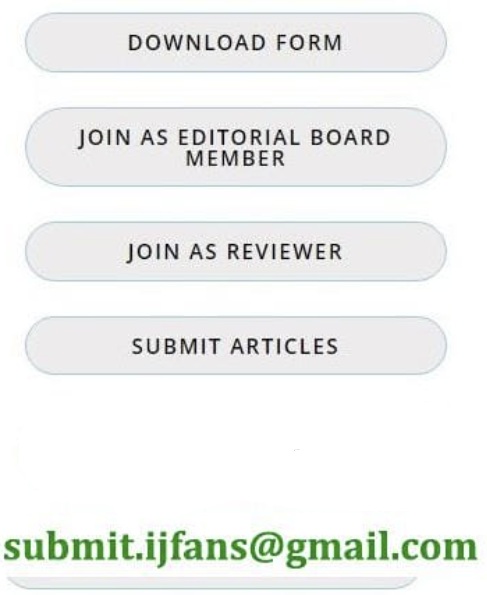
-
FAIR COMPETITION: CONSUMER PROTECTION UNDER COMPETITION LAW AND CONSUMER POLICY IN INDIA
Volume 14 | Issue 5
-
“DEVELOPMENT OF RTS BY ADDING WATERMELON, BEETROOT AND GINGER”
Volume 14 | Issue 5
-
Comparative Studies of Acoustic Parameter of Jatropha Curcas leaves extract in non-polar solvent at different Concentration
Volume 14 | Issue 5
-
A Study of Extraction and Analysis of Dye Yielding Plants
Volume 14 | Issue 5
-
Development and quality evaluation of “Ardrak Laddu” (Sweet Ginger Balls): A Potent Immune Enhancer
Volume 14 | Issue 5
Clinicohematological Profile Of Anemia In Newborn To Eighteen Years Age Group
Main Article Content
Abstract
Anemia is a major public health concern all over the world. It's been around for a long time, and it's the most widespread complex illness in human history. Complications from anaemia can be avoided, especially throughout adolescence, if it is diagnosed and treated early”. 1 Anemia is more in pediatric age group because of2,3 I) Because of "the quick growth in infancy when the demand of nourishment are significantly larger," II) Lack of immunity and malnutrition have a negative impact on hemopoiesis, making the patient more susceptible to infection. III) This is known as "poor storage of hemopoietic components," and it leads to "the absence of compensatory adjustment of hemopoiesis as per demand." IV) A considerable portion of the population suffers from genetically inherited anaemias, and they often show up in infancy and early childhood. Thalassemia and sickle cell anaemia are the two most frequent types of hemoglobinopathy seen in India. Approximately 100,000 infants are born each year with a homozygous condition for Thalassemia. At a rate of 22.80 per 1000 live births, it is predicted that in India annually between 8,000 and 10,000 babies are born with Thalassemia. People of Indian, Saudi Arabian, Sub-Saharan African, or Mediterranean ancestry are at increased risk for developing sickle cell anaemia. The prevalence rate varies considerably across India, from 0% in the north-east to 18% in the central region, 22-24% in the west, 0-33.3% in the south, and 0% in the southwest.10 With all these above in mind, the present study was undertaken in our institute to study pattern of anemia in pediatric age group with its clinicohematological correlation and classify these morphologically and to study cause and risk factors associated with anemia

